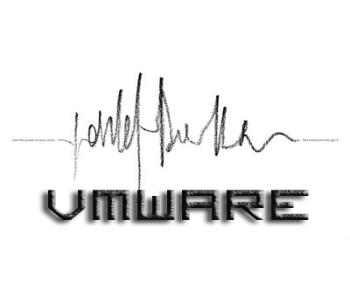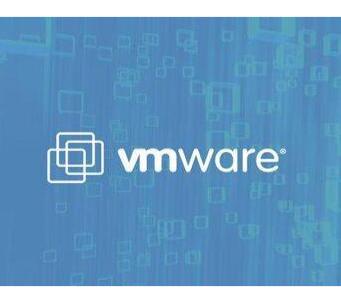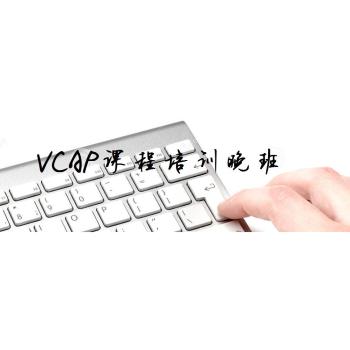【適合對(duì)象】
本課程專為負(fù)責(zé)設(shè)計(jì) vSphere 體系結(jié)構(gòu)的 VMware 售前和售后專業(yè)技術(shù)人員提供,。
【授課方式】
3天課程,60 % 基礎(chǔ)概念及應(yīng)用 , 40% 實(shí)機(jī)在線演練操作
【課程簡(jiǎn)介】
這項(xiàng)課程的目標(biāo)是使參加者具備應(yīng)用VMware vSphere
5設(shè)計(jì)一個(gè)虛擬基礎(chǔ)架構(gòu)的知識(shí)和能力,。在組織的限制條件及要求下,,在實(shí)現(xiàn)組織的業(yè)務(wù)目標(biāo)時(shí),基礎(chǔ)架構(gòu)應(yīng)該是可用的,,可擴(kuò)展的,可管理的以及安全的,。課程是
基于VMware ESXi? 以及VMware vCenter? Server
5.這項(xiàng)課程討論了現(xiàn)有設(shè)計(jì)方案的好處和風(fēng)險(xiǎn),,為制定好的設(shè)計(jì)決定提供信息支持。這項(xiàng)課程也為參加者們通過(guò)在一個(gè)設(shè)計(jì)項(xiàng)目上工作提供練習(xí)設(shè)計(jì)能力的機(jī)會(huì),。
【課程目標(biāo)】
完成課程后,你應(yīng)該能夠:
1,、理解和應(yīng)用框架設(shè)計(jì)
2、應(yīng)用vSphere為企業(yè)設(shè)計(jì)存儲(chǔ)解決方案
3,、應(yīng)用vSphere為企業(yè)設(shè)計(jì)一個(gè)網(wǎng)絡(luò)
4,、為企業(yè)設(shè)計(jì)計(jì)算資源
5、在虛擬架構(gòu)中,,設(shè)計(jì)虛擬機(jī)來(lái)運(yùn)行應(yīng)用程序
6,、為企業(yè)設(shè)計(jì)虛擬數(shù)據(jù)中心
7,、在設(shè)計(jì)中加入管理和監(jiān)控的功能
8,、確定設(shè)計(jì)目標(biāo)、要求,、限制條件和風(fēng)險(xiǎn)
9,、找到制定設(shè)計(jì)決策的有用信息
10、識(shí)別和分析最佳實(shí)踐建議
11,、分析替代設(shè)計(jì)選擇
【課程內(nèi)容】
?Module 1:Course Introduction
? Identify the course goals
? Identify the course objectives
? View the course module outline
?Module 2:Design Process Overview
? Clarify key terminology
? Identify and discuss design guidelines, design approaches,design
sessions, and design decisions and implications, andcreate a design
framework
? Define and describe a framework methodology
? Identify design tools, including the architecture quality matrix,
Information Technology Infrastructure Library v3, and the vSphere
technology stack
?Module 3: VMware vSphere Storage Design
? Identify useful information for making design decisions about virtual and physical storage
? Recognize and analyze best-practice recommendations
? Analyze alternative storage design choices
? Communicate choices and their benefits and risks to the customer
? Develop a storage design
?Module 4:VMware vSphere Network Design
? Identify useful information for making design decisions about virtual and physical networks
? Recognize and analyze best-practice recommendations
? Analyze alternative network design choices
? Communicate choices and their benefits and risks to the customer
? Develop a network design
?Module 5:Compute Resources Design
? Identify useful information for making design decisions about host CPU and memory
? Recognize and analyze best-practice recommendations
? Analyze alternative host design choices
? Communicate choices and their benefits and risks to the customer
? Develop a host design
?Module 6:Virtual Machine Design
? Identify useful information for making design decisions about virtual machines
? Recognize and analyze best-practice recommendations
? Analyze alternative virtual machine design choices
? Communicate choices and their benefits and risks to the customer
? Develop a virtual machine design
?Module 7:VMware vSphere Virtual Datacenter Design
? Identify useful information for making design decisions about virtual
datacenters regarding management server and cluster configuration
? Recognize and analyze best-practice recommendations
? Analyze alternative virtual datacenter design choices
? Communicate choices and their benefits and risks to the customer
? Develop a virtual datacenter design
?Module 8: Management and Monitoring Design
? Identify useful information for making design decisions about management and monitoring
? Recognize and analyze best-practice recommendations
? Analyze alternative management and monitoring design choices
? Communicate choices and their benefits and risks to the customer
? Develop a management and monitoring design



